So I’m always trying to follow the DYOR advice that everyone rightfully spouts here and I think I get why Solana is being treated as a potential Next Big Coin. I’m going to try and summarize the things I’ve learned so hopefully you won’t have to do as much thinking to understand it if you do your own research. Additionally, I hope this will explain why I’m bullish on SOL.
Part 1: The Byzantine Generals Problem is one all blockchains must solve
The Byzantine generals problem goes like this
The army of Byzantium is huge and led by a proportionate few generals who each lead vast legions (the users of the blockchain and their validators)
The generals all have to agree on a tactic for the army to be effective (the validators must validate a block before it gets added to the chain)
Generals communicate through messengers (we assume the messengers themselves always follow orders, as here they represent digital signals)
Some generals are traitors and send bad plans to the network (bad validators, possible 51% attackers)
How do all the generals know when a general is trustworthy? (We need a consensus protocol)
The tactic that most generals agree with is the one which will help Byzantium (the network democratically decides the movement of the blockchain)
This is where all blockchains agree: something must be done. There are different strategies to get this done but they all have to consider what happens when the network is huge, what happens when there are a lot of potential traitors, and how to keep the army efficient as possible in its actions without letting it get bogged down in security validation.
I think Solana’s approach is novel and robust.
Part 2: Proof of History resolves the dilemma between pure Proof of Work and pure Proof of Stake
Bitcoin’s revolutionary consensus protocol, Proof of Work or Nakamoto Consensus, objectively secures the blockchain through hard mathematics applied to deterministic physics. Basically, people compete to do math in a way that can’t be shortcut until they get the chance to validate the new block. However, as people have pointed out, this is inevitably energy-draining. Energy use is not inherently immoral, as some FUDers would have you believe, but it is a real logistic concern in a world that is running out of time to stop dumping energy into carbon emitting things. Thus you see the investment into non-saleable renewables, like geothermal and hydroelectric energy, being diverted towards Bitcoin’s massive energy requirements. In an ideal system, we’d have fusion and all energy would be free, but we’re not there yet so we have to work with what we have.
Ethereum is switching from Proof of Work to Proof of Stake consensus, which uses game theory to validate the network. The idea is that if your generals materially depend on the army, through investment of their resources in its stability, they will be the least likely to betray the system. This is clever, as it banks on humans being selfish dicks overall (which we are, let’s be honest, it’s okay as long as it’s not hurting anyone) and doesn’t need great energy consumption, but it’s normative security, determined by people, not objective security, determined by math and physics.
Solana combines staking with Proof of History. Proof of History is a consensus protocol where the output of the encryption function relates directly to how many times the function has been called, and the output can’t be retrieved without having called the function that many times with the exact same input beforehand. Additionally, unlike Cardano and other would-be ETH killers, Solana already has smart contracts and NFTs.
Part 3: A dumbed down example of Proof of History
It helps me to understand consensus protocols if I can see an example of what’s happening.
Let’s say we have three transactions. They’re encrypted so we don’t know what’s in them, but let’s call them A, B, and C. I call them this because that lets you retain their transaction order, first A, then B, then C.
Solana passes each of these transactions in order through its consensus protocol, PoH. PoH takes as input the transaction and internal clock that objectively measures the order of transactions, so it goes:
PoH(A, timestep 0) —> hash: encrypted version of A at timestep 0
PoH(B, timestep 1) —> hash: encrypted version of B at timestep 1
PoH(C, timestep 2) —> hash: encrypted version of C at timestep 2
This provides an objective measure of not only that each transaction has happened, but when each transaction happened in order. If transaction B were input at timestep 0, the entire blockchain would be affected. This is an objectively secure function that cleans up transaction order without relying on humans and game theory to work. Aliens couldn’t crack it no matter how powerful and godlike their tech and understanding was; it’s simply the laws of physics at work.
Conclusion: Solana outperforms the big boys in the ways that matter
Let’s put aside the conceptual math and just look at numbers. We’re going to be looking at transactions per second (TPS) and average fees.
Visa manages 1.7k transactions per second for credit cards with a processing fee of 1.43-2.4% (Visa claims it can tolerate up to 56k tps, but this hasn’t been stress tested)
Bitcoin manages 5-7(0.005k-0.007k) TPS with an average fee of ~$3 USD.
Ethereum currently manages ~30 TPS with an average fee of $2.50 USD Vitalik himself claims that this will be boosted to up to 100k TPS with sharding and other strategies rolled into ETH2.0, but this is purely theoretical until it’s real.
Solana manages ~59k TPS with a theoretical upper bound of 710k TPS and an average tx fee of $0.00025 USD. Naturally, these fees are paid in SOL and they’re congestion-based like ETH, so even if SOL reaches BTC levels of market cap or price, its fees will still be a fraction of a dollar.
All this, with smart contracts.
tl;dr: 5 reasons why me like SOL money
- Money fast (TPS greater than BTC and ETH by orders of magnitude)
- Money secure (PoH is objective and staking further insures the network against bad actors)
- Money easy (the energetic requirements of Solana are vastly lower than the major L1 chains)
- Money cheap (tx fees sub dollar for the foreseeable future no matter how huge the network gets)
- Money useful (Smart contracts are already live)
SOL money good. Me like.
EDIT: well, thanks to the top comment being an inaccurate criticism of Solana based on false premises and subreddit-wide misunderstanding of what centralization actually means, I’ve been flooded with messages calling me an ignorant shill.
[link] [comments]

You can get bonuses upto $100 FREE BONUS when you:
💰 Install these recommended apps:
💲 SocialGood - 100% Crypto Back on Everyday Shopping
💲 xPortal - The DeFi For The Next Billion
💲 CryptoTab Browser - Lightweight, fast, and ready to mine!
💰 Register on these recommended exchanges:
🟡 Binance🟡 Bitfinex🟡 Bitmart🟡 Bittrex🟡 Bitget
🟡 CoinEx🟡 Crypto.com🟡 Gate.io🟡 Huobi🟡 Kucoin.
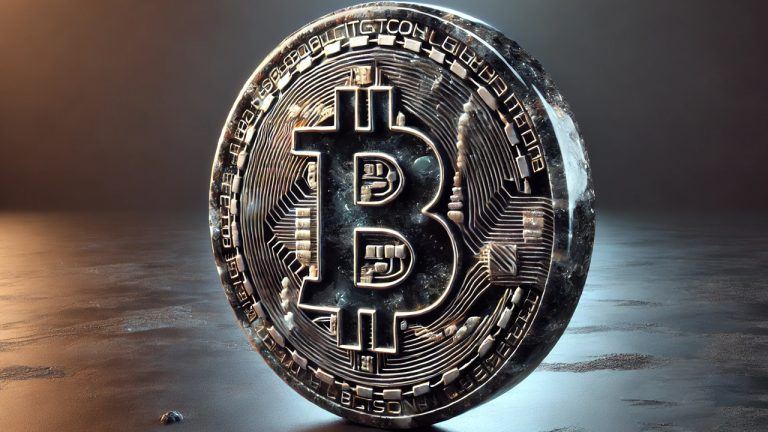

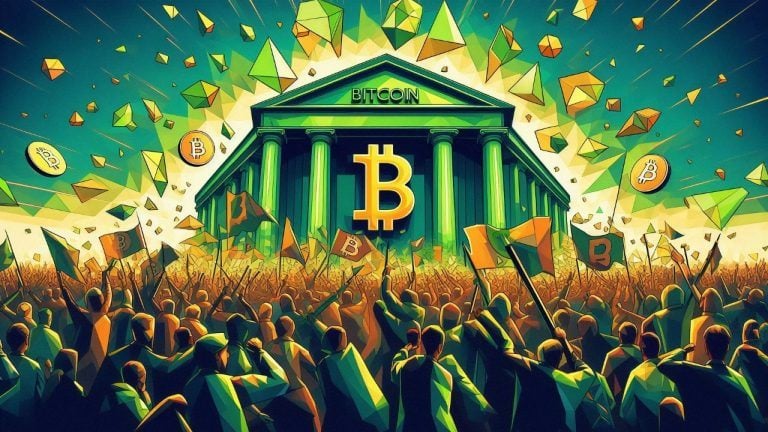


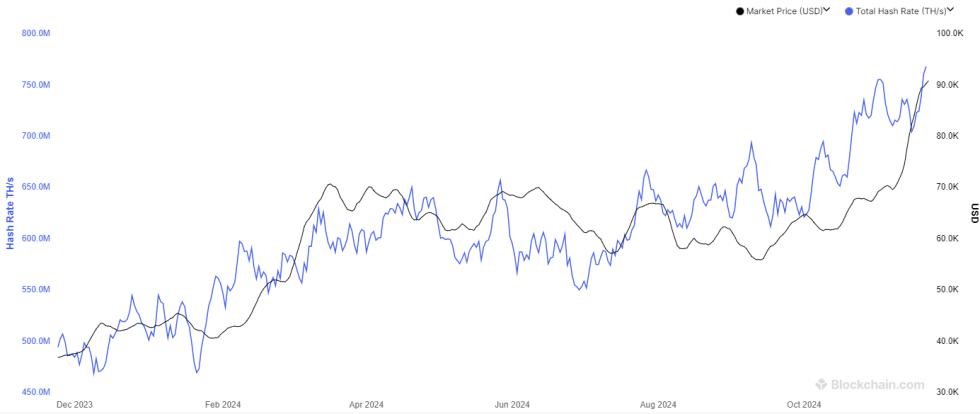




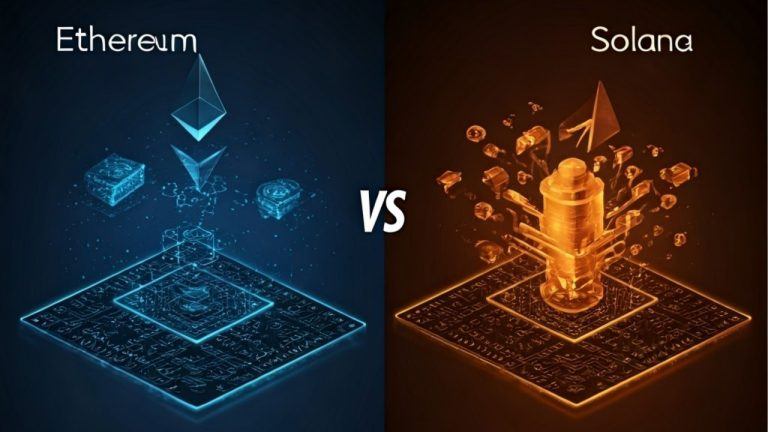





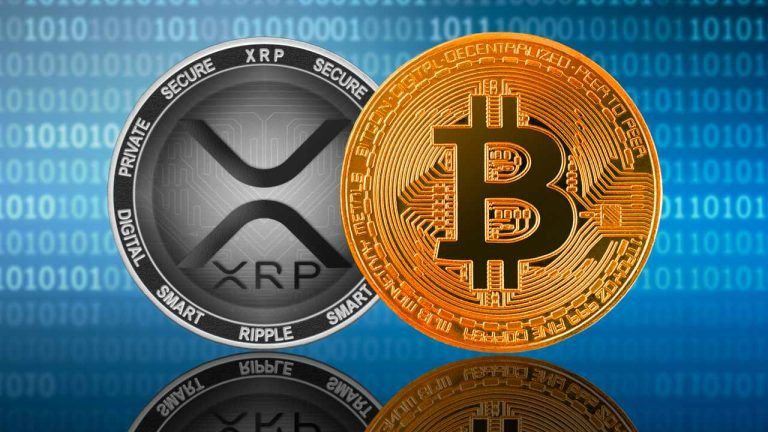
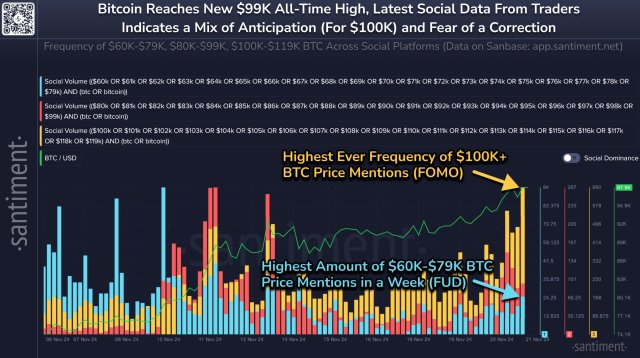


Comments